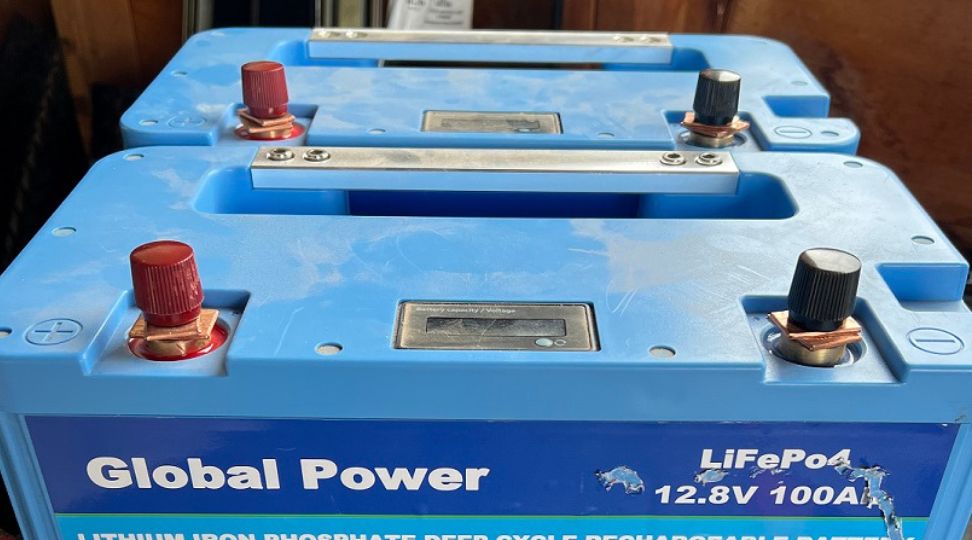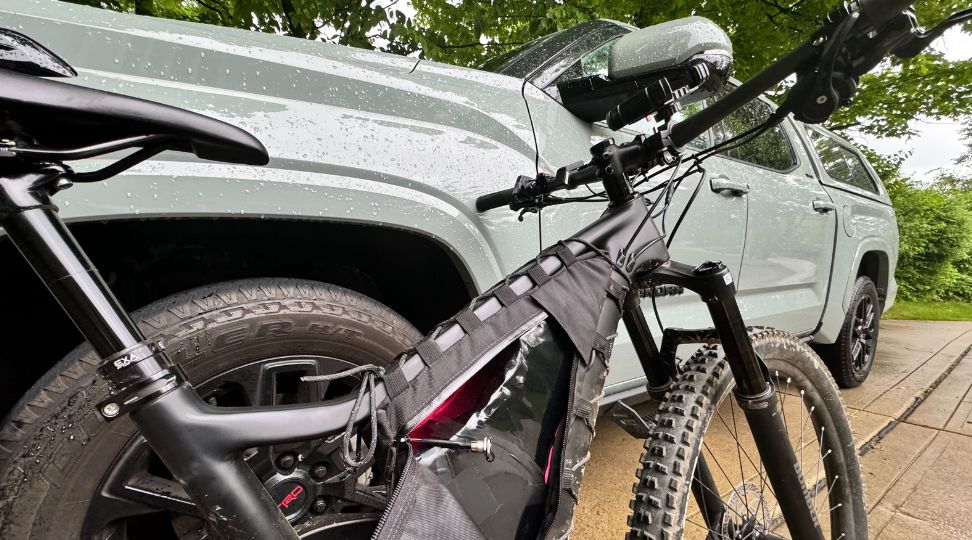
How Do You Hook Up Dual Batteries
Hooking up dual batteries is a common procedure in various applications, including vehicles, boats, and electric bikes. The process can enhance the capacity, stability, and longevity. However, it's important to understand the correct methods to connect dual batteries to avoid potential risks and ensure efficient performance. You essentially have two options, putting them in parallel or in series.
Understanding Battery Basics
Before getting into the methods of connecting dual batteries, it's important to grasp some fundamental concepts about batteries. A great example of how beneficial this can be is hooking up dual batteries on your ebike; you can double your range. The two critical factors to consider when pairing batteries are voltage and capacity. Voltage refers to the electrical potential difference, while capacity is about the amount of charge a battery can hold. Ensuring that the batteries you intend to connect have similar voltages and capacities is crucial for a safe and effective setup.
Hooking Dual Batteries Up in Parallel
The simplest method to connect two batteries is in parallel. This approach is ideal when the batteries have the same voltage and capacity and are in a similar condition. To hook up batteries in parallel, connect the positive terminal of one battery to the positive terminal of the other and do the same with the negative terminals. This configuration doubles the capacity while keeping the voltage the same.
However, a critical aspect to consider is the voltage difference between the batteries. They should be within 0.1 volts of each other before connection. If there's a significant voltage difference, a large, unregulated current might flow from the higher-voltage battery to the lower one, causing a rapid and potentially dangerous discharge and charge process.
Hooking Dual Batteries Up in Series
When connecting two batteries with a Battery Management System (BMS) in series, extra caution is needed. The BMS in each battery is designed to manage charging and discharging, as well as ensure cell balance and temperature control. However, in a series configuration, where the voltages of the batteries combine, the failure of one battery can pose a significant risk. For example, if two 12V batteries are linked in series, the total voltage is 24V. Should one battery fail, this entire voltage could be applied across the MOSFETs in the dead battery's BMS, potentially exceeding their voltage ratings and leading to failure.
Exceeding the MOSFETs' voltage limits can cause serious issues, ranging from malfunction to severe cases like overheating or thermal runaway. It's important to regularly monitor the health and state of charge of each battery. Using batteries of similar age, capacity, and wear can help ensure they degrade at a similar rate, reducing the risk of one battery failing prematurely in the series arrangement. Deep discharges should be avoided to further minimize the likelihood of battery failure.
To enhance safety and reliability, consider using additional protective circuitry or a BMS designed for series connections capable of handling the combined voltage. Alternatively, selecting batteries and BMS units specifically designed for series use can provide built-in safeguards against these risks. By adhering to these precautions, the integrity and safety of the battery system can be substantially improved.
Using a Constant Current Boost Converter
Another method to connect dual batteries, especially when they have different voltages, is through a constant current boost converter. This technique is particularly useful for applications like electric bikes, where you might have a primary 48-volt battery and a secondary 24-volt auxiliary battery.
In this setup, you place a constant current boost converter between the lower voltage (24-volt) battery and the higher voltage (48-volt) battery. You can set the converter to a specific current, say 4 amps. As the primary battery is used, the secondary battery will continuously charge it, effectively increasing the range and reducing voltage sag. The boost converter elevates the lower voltage of the auxiliary battery to match the primary battery, ensuring a steady and safe power supply.
Implementing a Constant Current Buck Converter
Conversely, a constant current buck converter can be used when you want to step down the voltage from a higher voltage battery to supplement a lower voltage battery. This method is less common but can be effective in specific scenarios.
For example, if you have a 36-volt main battery and a 48-volt auxiliary battery, you can use a constant current buck converter to reduce the voltage from the secondary battery to charge the primary one. This method helps maintain the charge of the lower voltage battery, ensuring that it contributes effectively to the overall power supply.
Safety and Maintenance Considerations
When hooking up dual batteries, safety is obviously super important. Always ensure that the batteries are in good condition and that the connections are secure. Regularly check the batteries for signs of wear, corrosion, or damage. It's also important to use compatible chargers and converters designed for the specific type of batteries you are using. And remember, if you are connecting batteries in parallel, make sure they are at the same voltage before you connect them!


